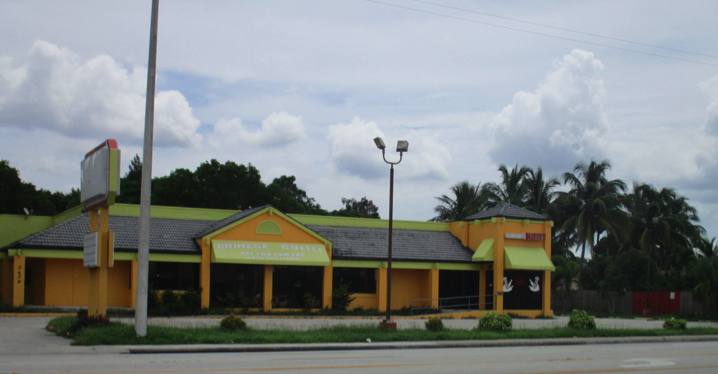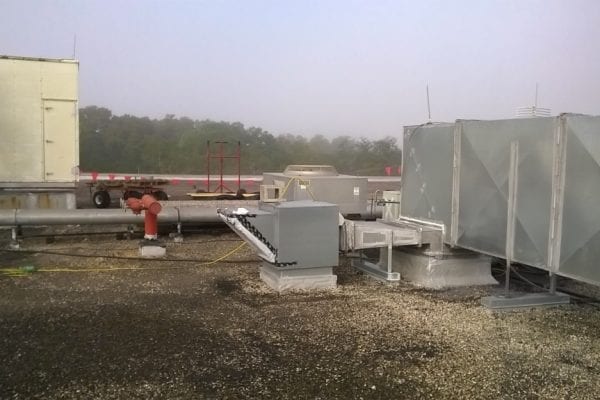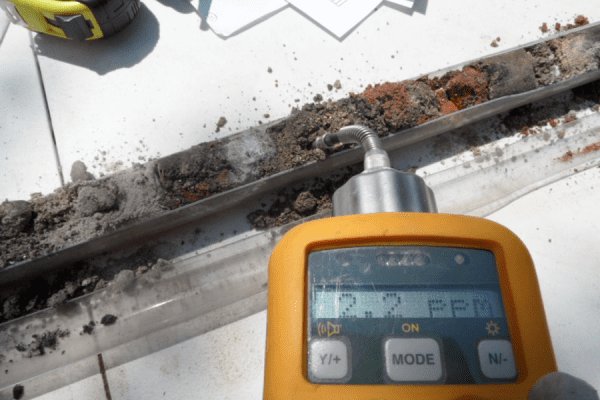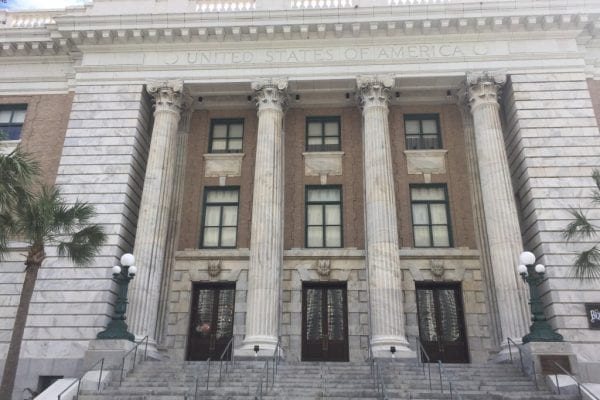Potential environmental problems on collateral property represent one of a commercial lender’s largest risk exposures. The discovery of previously unknown contamination can cause a property’s value to plummet, while simultaneously entailing remediation costs far in excess of any remaining value derived from the property. These costs can quickly become the lender’s problem when the borrower defaults on the loan and the lender takes title to the property.
Environmental risks comes into play whenever a lender finances a new purchase, refinances an existing loan, or assumes a loan previously carried by another financial institution. Additionally, in the event of a loan default, lenders must carefully assess their environmental risk before foreclosing and taking title to the property, to avoid inheriting costly environmental problems.
Determine Environmental Risk Levels
Appropriate environmental due diligence is determined based on regulatory policy, bank policy, and the risk potential of the loan itself.
Regulatory Policy
Regulatory policy is determined by the FDIC and the OCC, and has changed over the past five years. The primary provisions of current policy require that banks maintain a written environmental risk policy and adhere to it. All banks are required to meet this regulation, and lenders should ensure they stay up to date with their institution’s current policy. For detailed information on changes to current regulations, subscribe to our newsletter.
Bank Policy
Every institution’s risk tolerance profile is different. A bank’s specific environmental risk policies will reflect its specific risk tolerance level. Again, it’s important for lenders to be familiar with their institution’s specific policies to ensure they comply.
Risk Potential
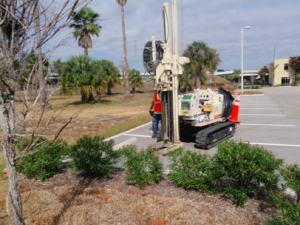 Each loan situation carries differing levels of environmental risk, based on property type, loan size, and previous land use. For instance, a mid-range residential property, located in an existing residential development, will tend to carry lower environmental risk, while a large industrial complex that has historically housed chemical processes over several decades will carry high environmental risk. Obviously, there is a great deal of variation between these two extremes.
Each loan situation carries differing levels of environmental risk, based on property type, loan size, and previous land use. For instance, a mid-range residential property, located in an existing residential development, will tend to carry lower environmental risk, while a large industrial complex that has historically housed chemical processes over several decades will carry high environmental risk. Obviously, there is a great deal of variation between these two extremes.
The SBA provides a useful framework for determining appropriate environmental risk management via SOP 50 10 5 (J) (for loan origination) and SOP 50 51 3 (for foreclosures). The SBA model outlines a tiered approach based on property type, loan amount, and identification of specific red flag issues.
Assessment Types
Depending on the property’s risk tier and the institution’s risk tolerance profile, lenders may choose to perform a Phase I or Phase II environmental site assessment. Problems identified during these investigations may require additional due diligence via a Phase III assessment.
Phase I Environmental Assessment
A Phase I Environmental Assessment is the most basic risk assessment, designed to satisfy one of the requirements to qualify for the innocent landowner, contiguous landowner, or bona fide prospective purchaser limitations of liability, according to the EPA’s Comprehensive Environmental Response, Compensation, and Liability Act. The goals of a Phase I assessment are to determine whether there is a “recognized environmental concern” and/or “business environmental risk” associated with the property.
A Phase I assessment involves a records review, site visit, and interviews to determine likely environmental risk. Records review includes a database search for past regulatory files, as well as identification of historical use, based on aerial photos, Sanborn maps, city directories, land title records, building and property tax records, and zoning land use records. A site visit allows assessors to make a visual inspection of the property, including assessment of adjoining properties, and comparison of current state with site plans. Finally, assessors conduct interviews with current property owners, operators, and occupants, as well as local government officials.
If a Phase I assessment yields no cause for concern, many lenders consider this sufficient due diligence. However, a Phase I assessment is limited in scope. It will not include soil or water sampling; inspection for inside environmental concerns, such as mold, radon or lead paint; cultural or historical resources; wetlands, ecological resources, or endangered species; health, safety, or regulatory compliance; environmental liens or land use restrictions based on title records; stormwater pollution violations; or a property appraisal or purchase price review.
Phase II Environmental Assessment
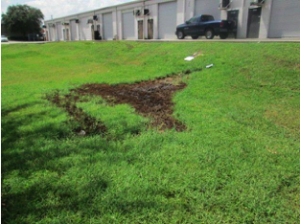 A Phase II assessment is more comprehensive than Phase I and may be called for in the event that the Phase I assessment reveals potential problems, or based on the loan size, property’s historical use, or other factors. The scope of the assessment will vary, based on the results of the Phase I assessment, and will be designed to address “recognized environmental conditions” and “potential environmental concerns.”
A Phase II assessment is more comprehensive than Phase I and may be called for in the event that the Phase I assessment reveals potential problems, or based on the loan size, property’s historical use, or other factors. The scope of the assessment will vary, based on the results of the Phase I assessment, and will be designed to address “recognized environmental conditions” and “potential environmental concerns.”
This level of assessment will include soil and water sampling, and comparison of laboratory results to local, state, and federal regulatory guidelines.
Phase III Environmental Assessment
A Phase III assessment is called for when contamination has been identified. It is designed to determine the horizontal and vertical extent of contamination impacts, and to estimate the method and cost of remediation.
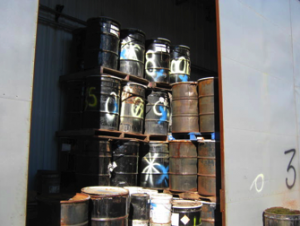 Phase III assessments include soil and ground water sampling and analysis, laboratory analysis compared to state, local, and federal regulatory guidelines, and the development of a remedial action plan.
Phase III assessments include soil and ground water sampling and analysis, laboratory analysis compared to state, local, and federal regulatory guidelines, and the development of a remedial action plan.
As the lending environment continues to heat up in the current post-recession market, it’s tempting to expedite the lending process by relying exclusively on appraisals to determine the value of a loan. Unfortunately, failure to perform adequate environmental due diligence can open the lending institution to unacceptable levels of risk. By taking the time to understand the above factors, lenders can make informed decisions about proper level of due diligence for each lending situation.
For more in-depth, up-to-date information, contact us to speak immediately with one of our environmental risk consultants.

